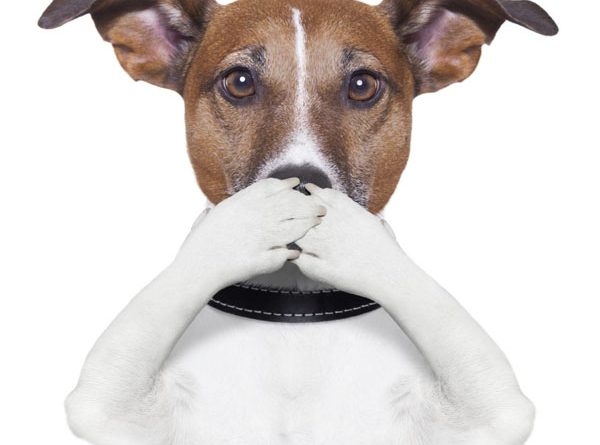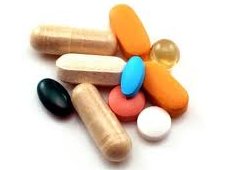Bad Pet Breath? Poor Oral Hygiene Is the Likely Culprit
Bad Breath? Poor Oral Hygiene Is the Likely Culprit
Does your dog or cat have breath that could peel the paint off of the walls? You’re not alone. The majority of adult pets have some degree of periodontal disease. Sometimes, pet parents can’t even see the problem with their pet’s teeth, as much of the disease happens under the gum line. =
What is Periodontal Disease?
Periodontal disease is inflammation of the tooth’s support structures and surrounding tissues. This inflammation is most often caused by bacterial infection. Most of us have heard of plaque, as our human toothpaste often sports a label that claims that the toothpaste helps to prevent plaque buildup. Plaque is layers of bacteria that are attracted to the tooth’s surface. It only takes a few days for plaque to mineralize, becoming calculus. That’s the hard, often off-white to tan material stuck to your pet’s teeth at the gum line. The bacteria grow and multiply on this surface and cause redness and swelling at the gums, called gingivitis. As the disease progresses, bone loss (periodontitis) happens. The bone loss and inflamed surrounding tissues predispose pets to tooth loss and even worse, oral pain. There are 4 stages of periodontal disease, 1 being the mildest and 4 being the worst with the most bone loss.
Is My Pet In Pain?
Periodontal disease certainly causes oral pain. The interior of the tooth’s structure contains an artery, vein and nerve. As the tooth weakens, bacteria and inflammation spread, the nerve can be affected, sending impulses to the brain signaling that there is something wrong – in the form of pain.
Dogs and cats are very stoic animals and they come by this naturally. It may not be obvious that your pet is experiencing oral pain, but if you look a little more closely – you may see the signs, such as:
- Excessive drooling
- Inflammation or skin infection on the lips
- Rubbing the mouth with paws or on carpet/furniture
- Head-shy
- Difficult to handle the head or mouth
- Biting
- Other defensive behavior
- Poor appetite
- Weight loss
- Dropping food out of the mouth while eating
- Quiet demeanor
- Sleeping more
How do I prevent periodontal disease?
The best way to prevent periodontal disease is to start an oral hygiene routine when your puppy or kitten is very young. But if your dog or cat is older, it is not impossible to start a new habit. It may be harder for adult cats to get used to regular tooth brushing, but it is possible with reward-based training. Many dogs find their daily “mouth massage” to be very relaxing.
This includes daily tooth brushing and regular use of oral rinses and treats that discourage plaque buildup. “Pet-specific” enzymatic toothpastes are the best options and can be found at pet stores, online and at your veterinarian’s office. They come in a variety of pet-pleasing flavors, such as mint, poultry and beef.
Regular Dental Checkups
Veterinarians recommend dental checkups once a year as a part of your pet’s annual wellness visit. Pets over the age of 10 benefit from twice a year dental exams, especially if dental homecare is not possible or rarely performed.
Early stage periodontal disease may only be diagnosed when your pet has a professional cleaning under general anesthesia. More advanced cases can be diagnosed at a wellness visit and plans for treatment can be made. Any diseased or loose teeth can be removed and the surrounding tissues assessed and treated. Dental radiographs (x-rays) are becoming mainstream and “standard of care” in many veterinary practices. This additional diagnostic tool can help your veterinarian determine how to address your pet’s dental needs. Professional scaling, polishing and specific treatment of infected gums can keep your pet’s teeth healthy long into their senior years.
Pets that receive routine dental care at home, such as daily brushing, don’t need professional dental cleanings as often as those that don’t. Keep in mind that your pet’s individual genetics can play a large part in how often those teeth need cleaning. Breeds that are especially at risk for periodontal disease include Yorkshire terriers, Poodles and Maltese.
Stock up!
Ready to keep that doggie smile bright and clean? Check out some of these great resources for pet dental care products:
Veterinary Oral Health Council: http://www.vohc.org/
Virbac Dental Health: http://www.virbacvet.com/products/category/dental-health














